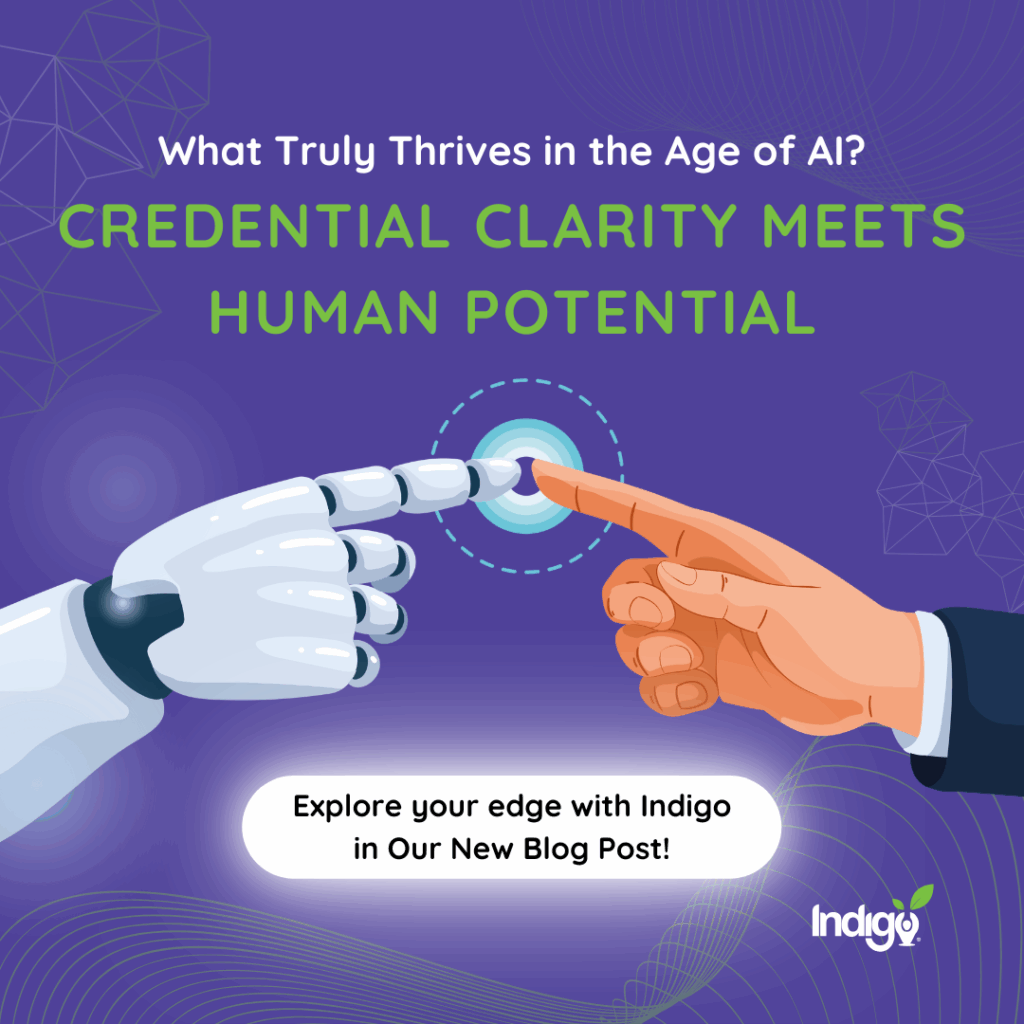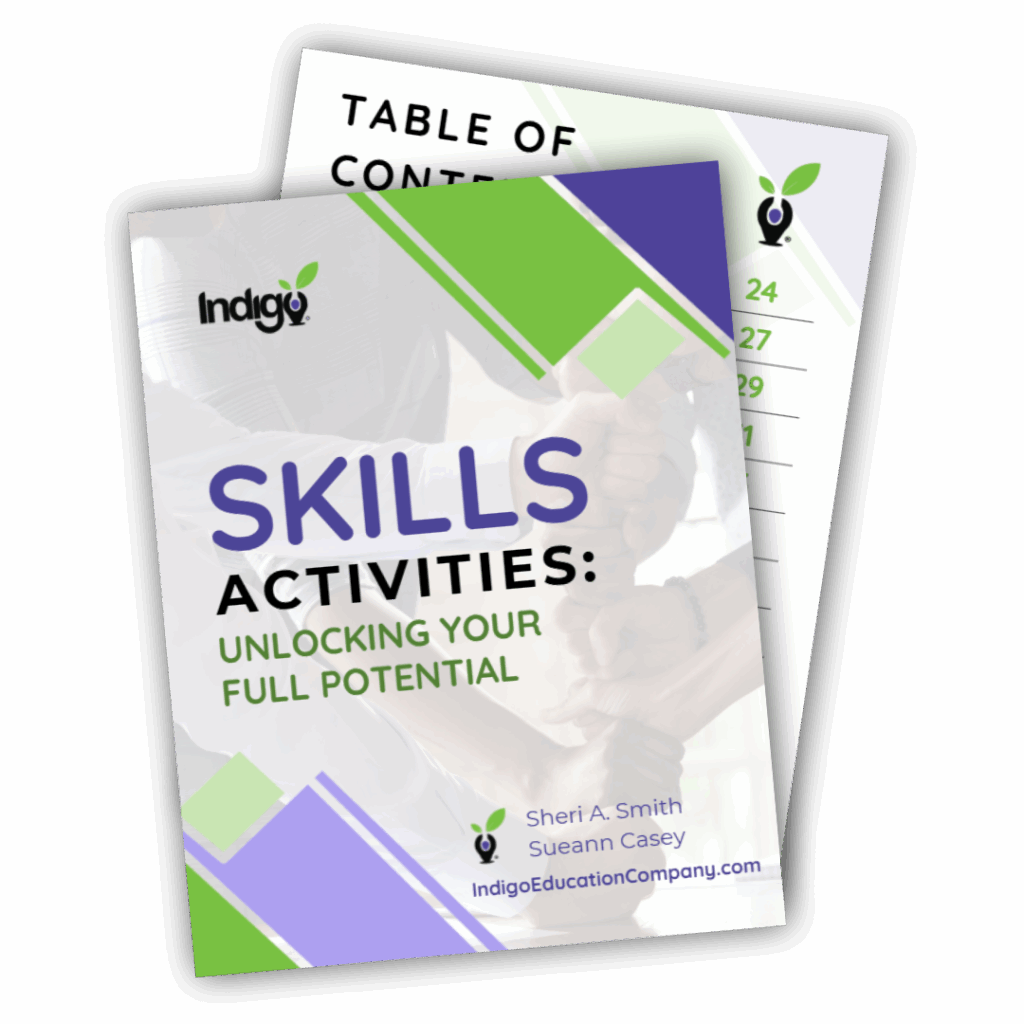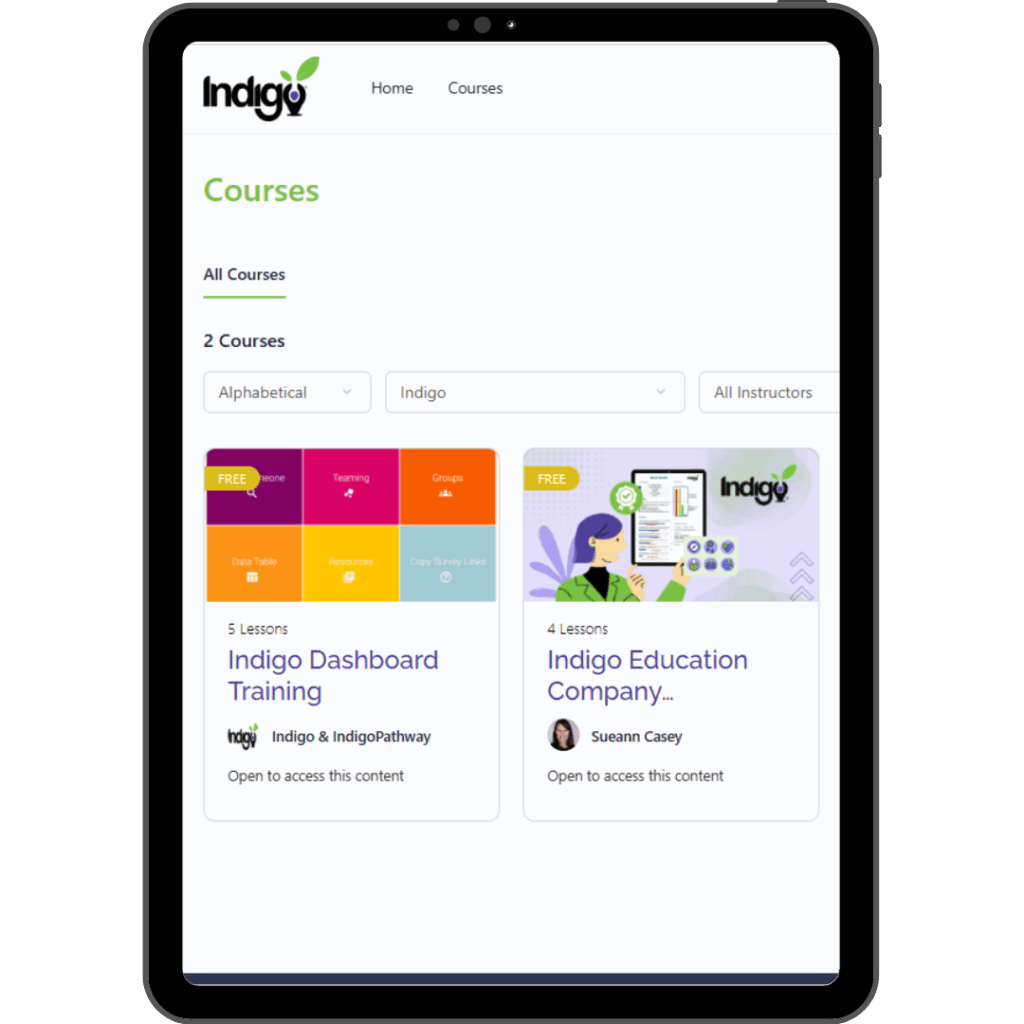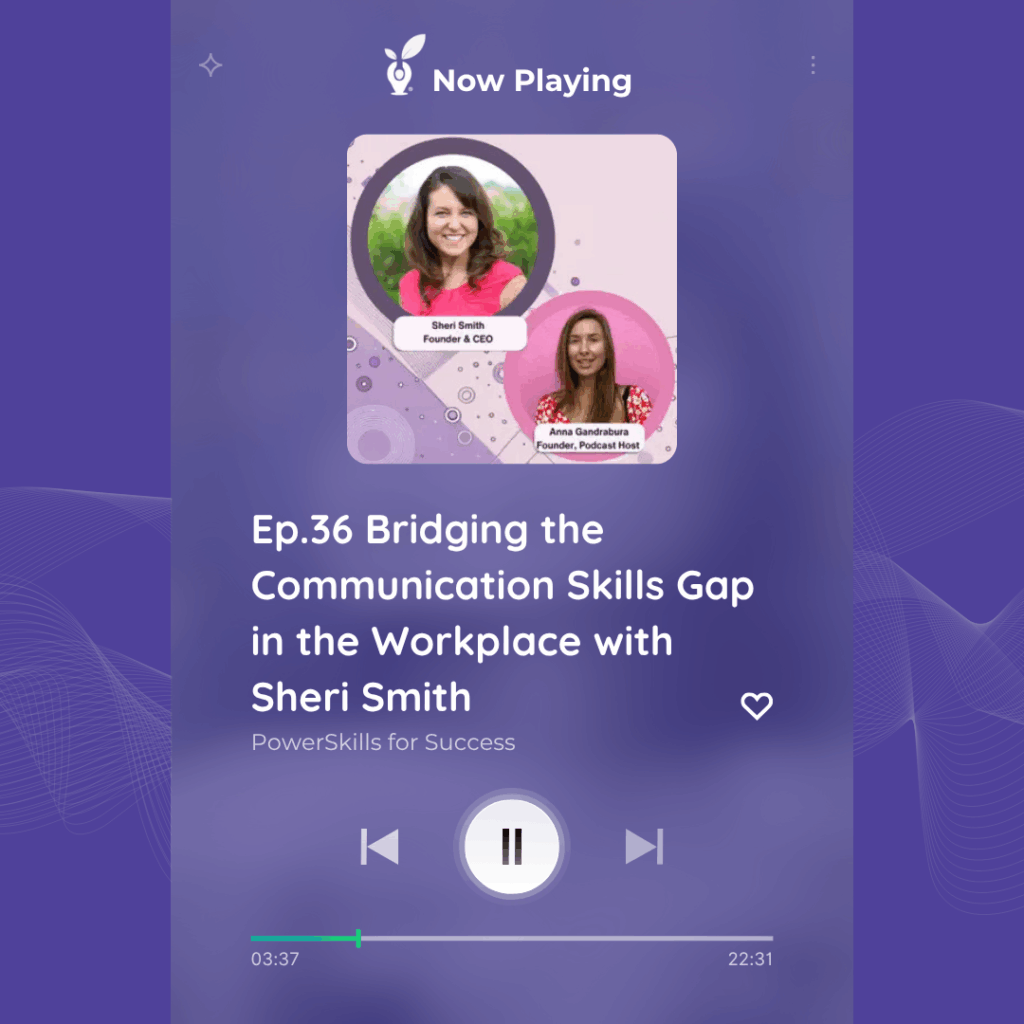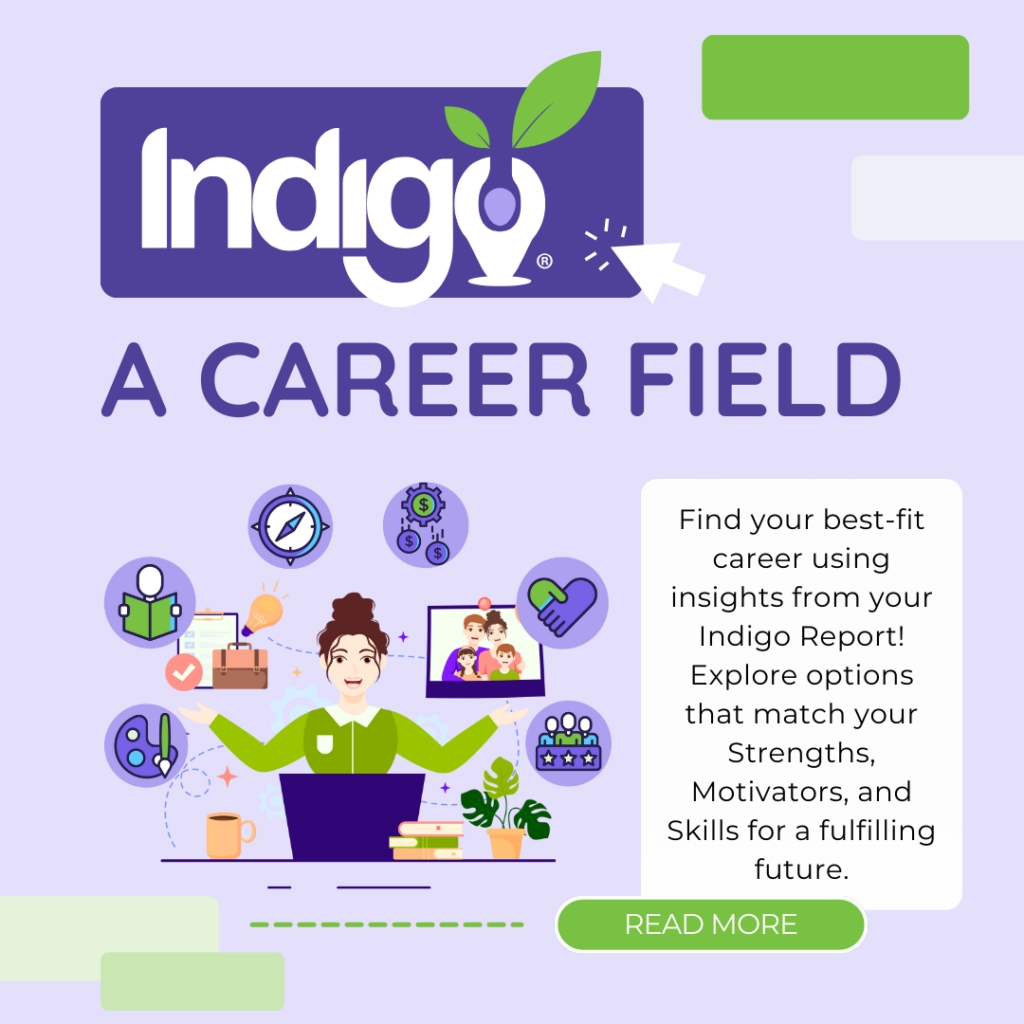Author name: Sheri Smith
Credential Clarity Meets Human Potential: Why Indigo’s Approach Matters in the AI Era
In June, the Burning Glass Institute launched the Credential Value Index—a groundbreaking tool that brings much-needed clarity to the Wild West of non-degree credentials (NDCs). With over 1.1 million postsecondary credentials on the market, it’s a sea of options that often leaves learners and workers unsure which investments will actually pay off.
What the Index reveals is sobering: only about 1 in 8 credential earners see meaningful wage gains that wouldn’t have happened otherwise. That stark data point highlights a critical reality: not all credentials are created equal, and the promise of a fast, affordable career boost can often fall flat without transparency and guidance.
But this is just the beginning. The Credential Value Index is more than a tool—it’s a signal of the future of education and work, one where data-driven decision-making empowers learners to choose wisely.
At Indigo, we celebrate this development—and we see an opportunity to go even further.
Why Credentials Alone Aren’t Enough
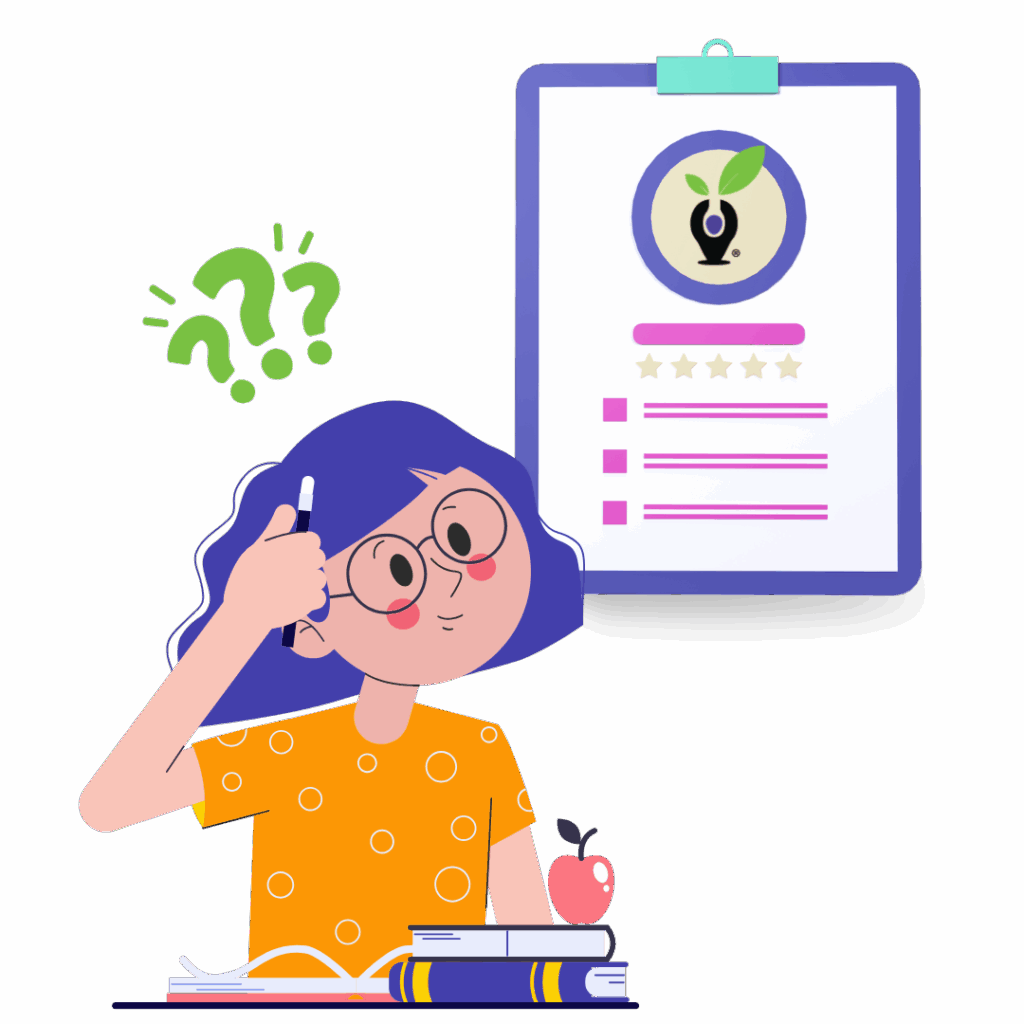
Credentials may open doors, but they don’t tell the whole story of who you are. A certificate might show what you can do—but not why, how, or in which environments you’ll thrive. In a world being reshaped by artificial intelligence, human strengths like creativity, empathy, adaptability, and self-awareness are becoming more valuable than ever.
That’s where Indigo comes in.
Our mission is to empower learners to “know themselves” first, using our comprehensive assessments rooted in the four Indigo Sciences: DISC Behaviors, Motivators, 21st-Century Skills, and Social-Emotional Perceptions. Through tools like the Indigo Assessment, our work supports thousands of students and adults across the state, helping them connect the dots between their unique strengths and viable career paths.
Bridging the Gap: Indigo and the Credential Value Index
Imagine combining the power of the Credential Value Index—data on real-world credential outcomes—with Indigo’s personalized career insights. Now learners aren’t just asking “Which program leads to higher wages?” but also “Does this path align with who I am?”
This combination is what we call Career Clarity 2.0. And it’s what’s urgently needed in an AI-shaped future where traditional credentials may be automated, but human purpose cannot be replaced.
Tools for the Future
Skills Activity Resource
We’re expanding support for building durable, transferable skills like communication and decision-making—essentials that transcend specific jobs or degrees and set students up for lifelong success.
Discover more about these activities and begin your skills development journey. Unlock your potential, build confidence, and take meaningful steps toward a successful future.
Online Course for Career Readiness
Designed to meet most ICAP/ECAP and College & Career Readiness standards, Indigo’s online courses offer an engaging, student-centered approach that goes beyond standard requirements, fostering deep self-awareness and critical thinking. We also provide Personalized Integration Support, collaborating with your team to seamlessly embed our solutions into your existing curriculum, including LMS integrations, for a smooth experience for everyone.
And as we continue aligning with evolving frameworks like the modernized Career Clusters® from Advance CTE, we’re helping education and industry speak a shared language of skills, pathways, and purpose.
As AI accelerates, the question isn’t just “What can I do?”—it’s “Who am I becoming?” The Credential Value Index gives us the data. Indigo gives us the direction.
Together, they offer a roadmap not just for economic mobility—but for human flourishing in a world that desperately needs it.
Credential Clarity Meets Human Potential: Why Indigo’s Approach Matters in the AI Era Read More »
Podcast: Bridging the Communication Skills Gap in the Workplace
What if every person had the potential to excel — not just in school or work, but in life?
In the latest episode of the Power Skills for Success podcast, host Anna Gandrabura sits down with Sheri Smith, founder and CEO of the Indigo Project. Sheri shares how her mission to build a learner-centered education system is rooted in one powerful idea: every individual has intrinsic genius — and communication is the key to unlocking it.
This isn’t just about talking more or better. As Sheri explains, true communication begins with listening, asking the right questions, and creating space for others to speak. In just 20 minutes, you’ll walk away with two powerful questions Sheri uses to spark self-awareness and connection in students, teams, and beyond.
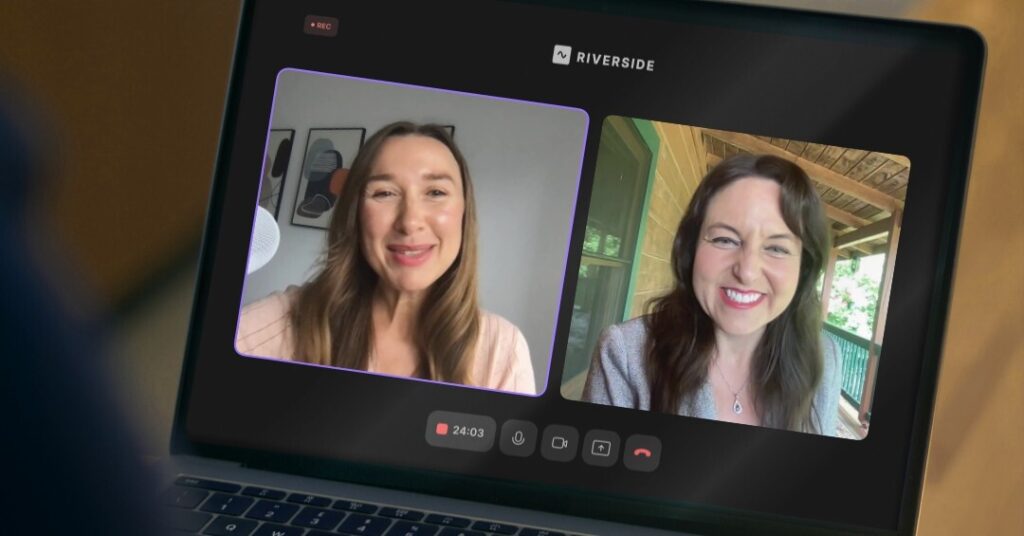
“Great communication isn’t about saying the right thing — it’s about asking the questions that unlock what matters most.”
Sheri Smith

Podcast: Bridging the Communication Skills Gap in the Workplace Read More »
Indigo a Career Field
Choosing the right career field isn’t just about picking a job—it’s about finding a path that truly aligns with who you are. So why settle for just any career when you can Indigo your way to the right career field?
With the insights from your Indigo Report, you already have a roadmap to help guide your decisions. If you’ve already identified a broad workplace category through the 21st Century Culture Fit activity, this activity helps you take the next step—researching specific career options that align with your natural strengths. Through this process, you’ll gain clarity and confidence in choosing a meaningful and fulfilling career.
The Goal
This activity helps students use their Indigo Reports to explore a career field that aligns with their DISC, Strengths, Motivators, and Skills. By researching potential jobs and majors, students gain clarity on career paths that fit their unique profile, setting them up for success.
Materials:
- Indigo Report
- Access to internet
Note: We recommend completing a few other post-secondary or workforce preparation exercises before this activity to enhance students’ introspection and decision-making process.
Step 1:
Have students research a career field that interests them. This can be done in class using computers or smartphones, or assigned as homework. Encourage students to review the Possible Degree Matches section toward the back of their Indigo Report.
Once they have explored their degree matches, ask them to underline any recommendations that sound interesting. Do any of the underlined recommendations align with the career field they researched?
Step 2:
Once students have selected a career field, they will write a 1-2 page paper answering the following questions:
- Introduction: What is the career field? (This question can
- serve as the introduction paragraph.)
- How does this career field align with your top two DISC styles and top two Motivators?
- What type of jobs or majors in this career field are a good fit for you?
- How can you use your top 5 Skills to excel in majors or jobs within this career field?
- Conclusion: Summarize their key takeaways, highlighting why this career field fits their Strengths, Motivators, and Skills
To assist students in their research, provide students with resources that list various career fields. One useful resource is What Career or Job Are You Interested In?.
Step 3:
Have students reflect on their research and present their findings in a way that solidifies their understanding of their chosen career field.
Students can:
- Create a short presentation (individually or in small groups) to share their career field choice, potential job roles, and key insights with the class. This is a great opportunity for students to discover even more career options.
- Discuss their findings in pairs or small groups, exchanging thoughts on what they learned and how it impacts their career planning.
This final step helps students turn their research into meaningful insights. By reflecting, presenting, and discussing their findings, they deepen their understanding of career possibilities and gain confidence in making informed decisions about their future. This activity ensures they leave with a clearer vision of a career field that aligns with who they are and where they will thrive.
Indigo a Career Field Read More »
Press Release: Chase County Schools Partners with Indigo Education Company to Empower Students for Future Success
🚀 Chase County Schools is partnering with Indigo Education Company to empower students with personalized career matching, self-awareness tools, and strengths-based education resources!
Through this collaboration, students will gain deeper insights into their unique strengths, helping them make informed decisions about their education and career paths.
🎙 “We are excited to bring Indigo’s resources to our students. This partnership allows us to provide opportunities that align with their strengths and passions,” said Jacci Paisley, Guidance Counselor at Chase County Schools.
By integrating career and technical education (CTE) pathways, this partnership supports students in exploring fulfilling careers in agriculture, business, skilled trades, healthcare, and beyond.
Press Release: Colorado Students Are Exploring Their Futures – Here’s What They’re Choosing!
The Colorado Career Advising (CCA) Tool has helped nearly 10,000 students explore their career options, and new data reveals the most favorited career paths! 🎯Some include:
🏥 Registered Nurse
🛠️ Electrician
🎨 Graphic Designer
From healthcare and skilled trades to the arts, today’s students are shaping Colorado’s future workforce! See the full top 10 list and what this means for the state’s job market in our latest press release.
Activity: Finding Your Culture Fit
What is the right career for me? Which college should I choose? What should I plan for as I start my career?
These are big questions students face when thinking about their future. But just as important is understanding their culture fit, the type of work environment where they will thrive.
By exploring four broad workplace cultures - entrepreneurial, corporate, nonprofit, and government - students will gain a deeper understanding of how different environments align with their strengths and values. With the help of their Indigo Reports, they will research potential careers and reflect on what truly fits them.
The Goal
This activity encourages students to explore different workplace cultures – entrepreneurial, corporate, nonprofit, and government – to identify which aligns best with their strengths, values, and personality. By reflecting on culture fit early, students can make more informed decisions about their future careers and education.
Materials:
- Indigo Report
- Access to internet for research
Step 1:
Begin by explaining the four broad culture fits to students. These categories are intentionally general, allowing students to refine and personalize them based on their own preferences and experiences.

Entrepreneurial Fit
Fast-paced, change-oriented environment. Suited for thrill seekers looking for a high-risk job with constantly shifting responsibilities and priorities but a chance for a big payoff—in reputation, in money, in social impact, etc.

Corporate Fit
Fast-paced, detail-oriented environment. Suited for high performers looking for a stable job with a clear procedure to follow for advancement and promotion.

Non-Profit Fit
Steady-paced, change-oriented environment. Suited for cause-driven individuals looking for a potentially high-risk job with a chance to use their talents to solve a large societal issue.

Government Fit
Steady-paced, detail-oriented environment. Suited for steady and highly detailed individuals looking for a stable job with clearly defined responsibilities, priorities and a consistent workflow.
Step 2:
Ask students to form groups based on the “fit” that most interests them.
Each group will spend a class period researching their chosen culture fit, focusing on:
- The types of jobs and industries associated with this fit
- The pros and cons of working in this environment
- Key skills, values, and personality traits that align with this fit
At the end of the class, each group will give a 3-5 minute presentation summarizing their findings, sharing insights about what it’s like to work in that environment.
Understanding workplace culture fit is a crucial step in making informed career and education decisions. By researching different environments—entrepreneurial, corporate, nonprofit, and government—students gain valuable insights into where they might thrive based on their strengths, values, and personality. This exploration helps them envision not just what they want to do, but where and how they want to work.
To continue this journey, the Indigo Career Field Activity is a great next step. It allows students to dive deeper into specific career fields that align with their skills and interests, helping them make even more informed choices about their future.
Activity: Finding Your Culture Fit Read More »
Press Release: Indigo and Song An Expand Partnership to Transform Career Development in Vietnam
🚀 Big news! Indigo Education Company & Song An are expanding our partnership to transform career development in Vietnam!
📊 Impact so far:
✅ 204 Indigo Assessments delivered
✅ 74 young professionals refining career paths
✅ 20 career consultants certified
🔹 Partnering with BUV, FUV, PISA & Mondelez to empower students & professionals
🔹 2025 goals: Expand reach, grow study abroad partnerships & certify more career consultants
💬 Phoenix Ho, Co-founder of Song An:
“This partnership brings science-backed career tools to Vietnam, helping people build a strong foundation for success.”
Press Release: Indigo Showcases Colorado Career Advising Tool at Inaugural Colorado Career Advising Summit
🚀 Exciting News! 🚀
We had an incredible time presenting the Colorado Career Advising (CCA) Tool at the Colorado Career Advising Summit hosted by the Education and Business Alliance! It was inspiring to hear Jackie Crabtree from Trinidad High School and Dina Klancir from Jefferson Jr/Sr. High share how they are using the tool to empower students in career exploration, college planning, and workforce readiness. Watch a clip from their presentation here.
From student-led parent-teacher conferences to career fairs and capstone projects, the CCA Tool is transforming career advising across Colorado! Thank you Colorado Department of Education for your partnership in this work!🌟
Check out the full press release to learn more: https://www.einpresswire.com/article/791785838/indigo-showcases-colorado-career-advising-tool-at-inaugural-colorado-career-advising-summit
Press Release: UCW Case Study Highlights Impact of Self-Awareness on Professional Skill Development
🚀 New Research Alert! 🚀
How does self-awareness impact professional success? A new case study from Dr. Madeleine Montazeri at University Canada West (UCW) explores how the DISC Bridge Style from the Indigo Assessment enhances organizational commitment, adaptability, and leadership in the workplace.
Indigo Education Company is proud to partner with UCW’s MBA program, helping students develop self-awareness, align with organizational values, and build meaningful careers.
Read the Press Release:
UCW Case Study Highlights Impact of Self-Awareness on Professional Skill Development
Dr. Montazeri’s research using the Indigo Assessment demonstrates the versatility of the DISC bridge behavioral style
Vancouver, BC – Indigo Education Company is excited to share the development of a new case study, Leveraging DISC Bridge Personality for Organizational Commitment, conducted by Dr. Madeleine Montazeri, Assistant Professor at University Canada West (UCW). This research explores how personality insights, specifically the DISC Bridge personality model, influence organizational commitment in the non-profit sector.
For the past three years, Indigo Education Company has partnered with UCW’s highly regarded MBA program. Students in the program have demonstrated significant growth in professional skills through dynamic and applied learning experiences. The case study reinforces Indigo’s mission of fostering self-awareness, adaptability, and alignment between individual values and organizational culture to enhance both personal and organizational success.
Key Findings from the Case Study
Dr. Montazeri’s research focused on three individuals with DISC Bridge personality traits—those who exhibit a balance across Dominance, Influence, Steadiness, and Compliance. The study found that individuals with this personality style tend to:
- Show high levels of organizational commitment, particularly in affective (emotional attachment), normative (sense of obligation), and continuance (perceived cost of leaving) dimensions.
- Demonstrate strong flexibility and adaptability in decision-making, allowing them to effectively navigate changes within their organizations.
- Align their personal values with organizational goals, fostering a sense of purpose and deeper engagement in their work.
- Develop an emotional attachment to their organization, reinforcing loyalty and motivation to contribute meaningfully.
- Balance multiple commitment dimensions, which enables them to sustain long-term dedication to their organizations without feeling trapped or disengaged.
Dr. Montazeri, a champion of equity, inclusion, and leadership development, believes in the art of community building. Reflecting on her journey, she shares:
“I do believe helping everyone to build an inclusive community is an ART. Every day, I look at the footprint of others in the world, and I am justly proud of all of them because they all have a profound impact on helping people have the right to fairness, equality, and dignity.”
The full case study is available above, detailing how DISC Bridge personality styles impact leadership, engagement, and commitment in professional settings.
Indigo Education Company remains committed to supporting transformational learning experiences through research-backed assessments and tools that help individuals and organizations thrive.
***************
About Indigo Education Company
Indigo Education Company is a leader in higher education career development, partnering with universities and colleges to enhance student self-awareness, career readiness, and workforce alignment. Through data-driven assessments and personalized advising tools, Indigo helps institutions support students in identifying their strengths, improving leadership skills, and mapping meaningful career paths. By collaborating with MBA programs, career services departments, and faculty, Indigo bridges the gap between education and professional success, ensuring students graduate with the skills and confidence to thrive in their careers.
About University Canada West (UCW)
University Canada West (UCW) is an innovative business and technology-oriented institution in Vancouver, Canada, offering undergraduate and graduate degrees for domestic and international students.
UCW offers a range of career-focused programs including, Bachelor of Commerce, Bachelor of Arts in Business Communication, Associate of Arts and Master of Business Administration. Courses are offered at their two downtown Vancouver campuses – their West Pender Campus in the heart of Vancouver’s financial district and their state-of-the-art Vancouver House Campus. For media inquiries or to arrange an interview contact Jessica Kerr, UCW Public Relations Manager, at media@ucanwest.ca.


